By Syaa Liesch (they/them)
Content warning: mentions of homophobic violence
IN CELEBRATION OF LESBIAN VISIBILITY WEEK
A brief history of butch and femme: Living gender outside the binary
The terms butch and femme, used within the lesbian community, have often been simplified to refer to traditionally ‘masculine’ and traditionally ‘feminine’ lesbians. While criticisms of butch-femme relationships claim that these relationships are attempts to replicate heterosexuality, this is far from the case. Butch and femme identities have historically subverted traditional expectations of womanhood, deconstructing the gender binaries that exist within both intrapersonal and interpersonal experiences.
While the exact origin of butch and femme identities is unclear, they became particularly apparent in 1940’s America, when women could enter bars without the accompaniment of men. Butch-femme socialisation largely took place within working class and black communities and bars. Butches would present conventionally feminine throughout the working week, donning subtly more masculine shirts, vests and ties at bars on the weekends, creating the term ‘Saturday night butches’. The 1950’s saw a rise in ‘full time butches’ who, refusing to live double lives, found work in traditionally ‘masculine’ factory work. The image of butches, severe but gentle in the 40s, became increasingly forceful as they responded to anti-gay politics of the McCarthy era.
Butch and femme lesbians faced extreme pushback from radical feminists in the 60’s and 70’s, who saw masculine gender expression as a perversion of lesbian identity. The movement, largely white, middle-class lesbians, saw femmes as ‘buying into patriarchal oppression’ and butches as ‘perpetuating patriarchal oppression’. Nonetheless, butch-femme roles persisted, re-emerging in the 80’s and 90’s along with ideas of lesbian sexuality as a unique form of sexual expression. Nestle (1987) states that butch and femme identities are more than copies of heterosexuality, or a ‘woman playing a man’ or a ‘woman playing at being with a man’; they are expressions of sexuality that are distinctly lesbian. Jalas (2005) also describes butch and femme as a ‘second order’ gender category, explaining how some lesbians experience masculinity as separate to their primary gender – a label within a label. Butches are not trying to pass as men – they subvert expectations of feminine womanhood through expressions of masculinity. Femmes are not just feminine woman – they subvert expectations of patriarchal femininity by reclaiming, redefining and embodying femininity outside the bounds of the gender binary.
More lesbian visibility week articles:
Clandestine Queerness in the Nineteenth Century https://www.onewomanproject.org/lgbtqia/clandestine-queerness-in-the-nineteenth-century-romantic-friendships-as-evidence-of-a-lesbian-culture
Lesbian Slang: A Not So Comprehensive Guide https://www.onewomanproject.org/lgbtqia/lesbian-slang-a-not-so-comprehensive-guide
References and Further Study:
https://outhistory.org/exhibits/show/lesbians-20th-century/1950s
https://www.vice.com/en/article/wjwzqx/how-butch-femme-subcultures-allow-gay-women-to-thrive
https://dc.etsu.edu/cgi/viewcontent.cgi?article=3742&context=etd
https://www.jstor.org/stable/3704264
https://archive.org/details/bootsofleathersl00kenn_0/page/82/mode/1up

